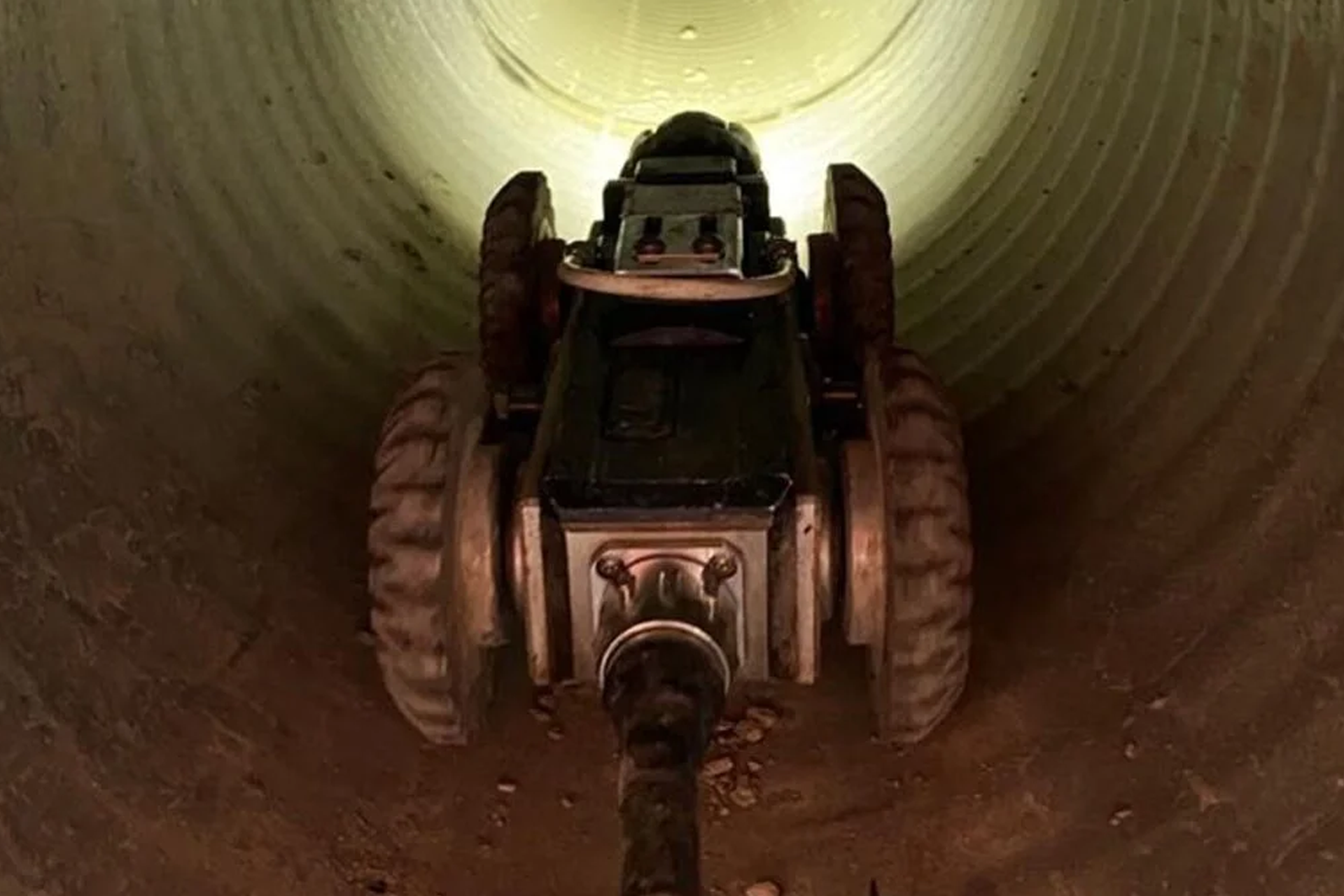Getting The Reclaim Waste To Work
Getting The Reclaim Waste To Work
Blog Article
How Reclaim Waste can Save You Time, Stress, and Money.
Table of ContentsAll About Reclaim WasteReclaim Waste for DummiesThe 10-Minute Rule for Reclaim WasteThe Definitive Guide for Reclaim WasteSome Known Details About Reclaim Waste
Discover the types, events, and types of liquid waste. Residential sewage waste describes the waste and products from a property septic storage tank. This sort of waste is created by human beings in residences, institutions, and other structures. This only includes septic containers that have a drainpipe field. The correct management and disposal of domestic sewer waste require liquid waste to be transferred to a sewer treatment plant where the appropriate techniques and tools are applied to detoxify and take care of waste.
Commercial waste typically consists of prospective dangers, such as flammable materials or a blend of fluid and solid waste items, and calls for an advanced and in-depth disposal procedure. The disposal of business waste normally includes the purification of waste before transport to make certain risk-free and appropriate disposal. Hazardous waste is developed from by-products and runoff of commercial procedures and manufacturing.
This type of waste can not use the very same sewer administration transport or processes as septic or business liquids. The hazardous waste administration procedure calls for the assessment and screening of fluid waste prior to it undergoes the disposal procedure (liquid waste removal). Runoff waste is the fluid waste that originates from drainage and excess stormwater in very inhabited areas or cities
Drainage waste can cause contamination and flooding if not managed effectively. Guaranteeing proper waste monitoring can stop calamities and lower environmental harm.
Reclaim Waste for Beginners
Call PROS Services today to discover our waste monitoring and disposal solutions and the proper ways to take care of the fluid waste you create.
(https://pubhtml5.com/homepage/kwjac/)This supposed 'wastewater' is not just a vital source however, after treatment, will certainly be released to our land, waterways or the sea. Used water from commodes, showers, bathrooms, kitchen sinks, laundries and commercial processes is understood as wastewater.

water utilized to cool down machinery or tidy plant and equipment). Stormwater, a kind of wastewater, is runoff that streams from farming and urban locations such as roofing systems, parks, yards, roads, paths and gutters into stormwater drains pipes, after rain. Stormwater streams neglected straight to local creeks or rivers, ultimately reaching the sea.
The Buzz on Reclaim Waste
In Queensland, the majority of wastewater is treated at sewage therapy plants. Wastewater is carried from residential or industrial websites via a system of sewers and pump stations, understood as sewage reticulation, to a sewage treatment plant. Regional federal governments build, maintain and operate most sewage therapy plants. Operators are accredited under the Environmental Protection Act 1994 to discharge treated wastewater at an acceptable environmental standard into rivers.
The Division of Natural Resources advises city governments about handling, operating and preserving sewerage systems and therapy plants. In unsewered areas, local federal governments might require householders to mount specific or family sewage treatment systems to deal with residential wastewater from bathrooms, kitchen areas, shower rooms and laundries. The Department of Natural Resources authorizes making use of family systems when they are verified to be effective.
In some brand-new class, treatment of some stormwater to eliminate trash, article sand and gravel has actually started using gross toxin traps. Wastewater therapy occurs in 4 stages: Removes solid issue.
Uses little living organisms understands as micro-organisms to damage down and get rid of remaining dissolved wastes and great fragments. Micro-organisms and wastes are integrated in the sludge.
The 20-Second Trick For Reclaim Waste
Nutrient elimination is not readily available whatsoever sewer therapy plants due to the fact that it needs expensive specialized equipment. It is becoming extra usual in Queensland. Clear fluid effluent generated after therapy may still include disease-causing micro-organisms. If this effluent is released right into waterways such as rivers or the sea, the micro-organisms will ultimately pass away out.

A lot of wastewater flows right into the sewerage system. Under the Act, neighborhood governments carry out authorizations and permits for ecologically relevant tasks (ERAs) entailing wastewater releases that could have a regional influence.
The Ultimate Guide To Reclaim Waste
Surveillance gives valid details about water quality and can verify that licence conditions are being fulfilled. The details gotten through surveillance offers the basis for making water top quality choices.
Report this page